Sipped at many a table across the globe – served after a meal, swilled neat, and said to soothe a full belly – a wide range of alcoholic beverages fall under the ‘digestif’ umbrella. And while the digestive properties of a strong post-prandial tipple haven’t been scientifically proven, serving a drop of something special is undoubtedly a festive way to conclude a holiday feast.
You might know grappa, cognac or aquavit, but here we offer some more inspiration for drinks that are great for rounding out a special dinner– some sweet, some bitter, some delicate, some bold, but all delicious.
Eau de Vie
Colloquially known as a pousse-café (literally ‘coffee chaser’), a drop of cognac, Armagnac, calvados or eau de vie brings the French holiday meal to a festive conclusion. An eau de vie is a clear, colourless fruit brandy, and one of the most popular versions is made with the Williams pear or poire Williams. Some producers capture a whole pear inside the bottle, aptly called prisonnière, ‘prisoner pear’. How? They place a bottle over a budding pear, so the fruit grows inside.
Acerum
In Québec, Canada, all that lovely syrup oozing from maple trees doesn’t just end up in pancakes and other sweet treats, it’s also used for an eau de vie. Acerum is a combination of ‘acer’, which means ‘maple’ in Latin, and rum. Fermentation and distillation are similar to rum, but made with maple syrup instead of cane sugar.
Nocino
In Italy, a digestif after a cenone (literally ‘big meal’) is often made at home by infusing herbs, spices or fruits into alcohol. Limoncello (from lemons), liquore all’alloro or allorino (with bay leaf) or liquore al melograno (from pomegranate) are all excellent examples, but homemade nocino takes the crown. The recipe calls for macerating unripe walnuts in alcohol for 40 to 50 days, followed by a rest period. Often, spices such as cinnamon, clove and lemon zest are added to round out the flavour. Commercially made nocino can be found at specialty stores.
Amari
Amaro means ‘bitter’ in Italian and refers to the range of bitter-tasting digestivi consumed post-meal. These drinks usually have medicinal roots, originating in pharmacies and monasteries, and are often a (top-secret) blend of many different herbs, flowers, fruits and roots. Vecchio Amaro del Capo involves bitter orange, mint, liquorice, mandarin, camomile and juniper. Amaro Montenegro is a secret blend of 40 botanicals, including vanilla and eucalyptus. Liquore Strega (‘witches liqueur’) has a distinctive bright yellow colour and contains saffron, juniper berries and mint. Fernet Branca is one of the strongest and bitterest amari out there, with different herbs and spices from all over the world; this drink is wildly popular in Argentina, more so than in Italy.
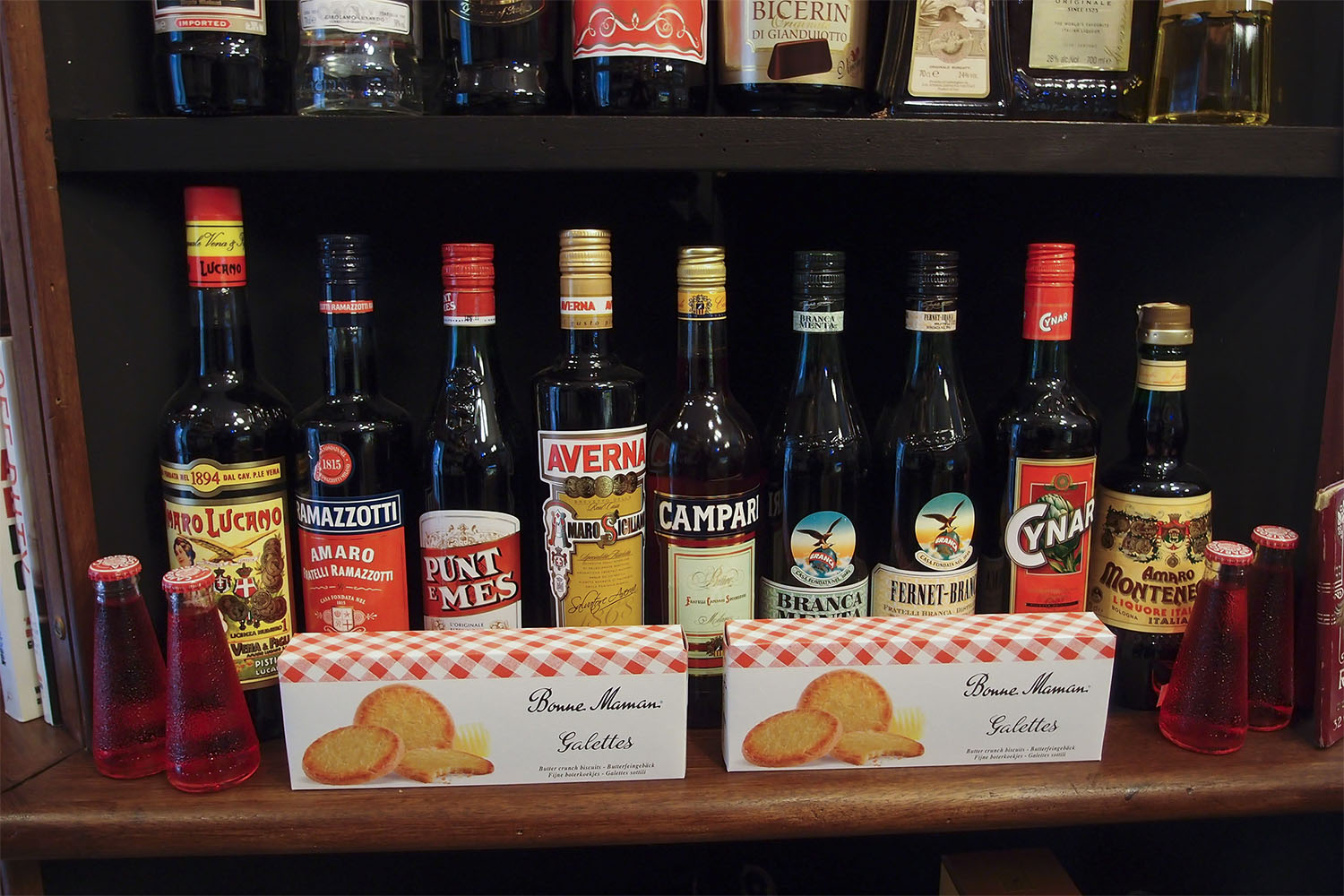
[Photo: Graeme Maclean/Flickr]
Killepitsch
While Italy has amari, Germany has many Kräuterliköre (herbal liqueurs) that are herbaceous and bittersweet, often sold in easy-to-carry tiny bottles. Kuemmerling and Underberg – with herbs from 43 countries – are some good examples, but lesser known is Killepitsch, a blood-red herbal liqueur from Düsseldorf. It’s flavoured with over 90 fruits, berries, herbs and spices, reminiscent of fruit cake in liquid form.
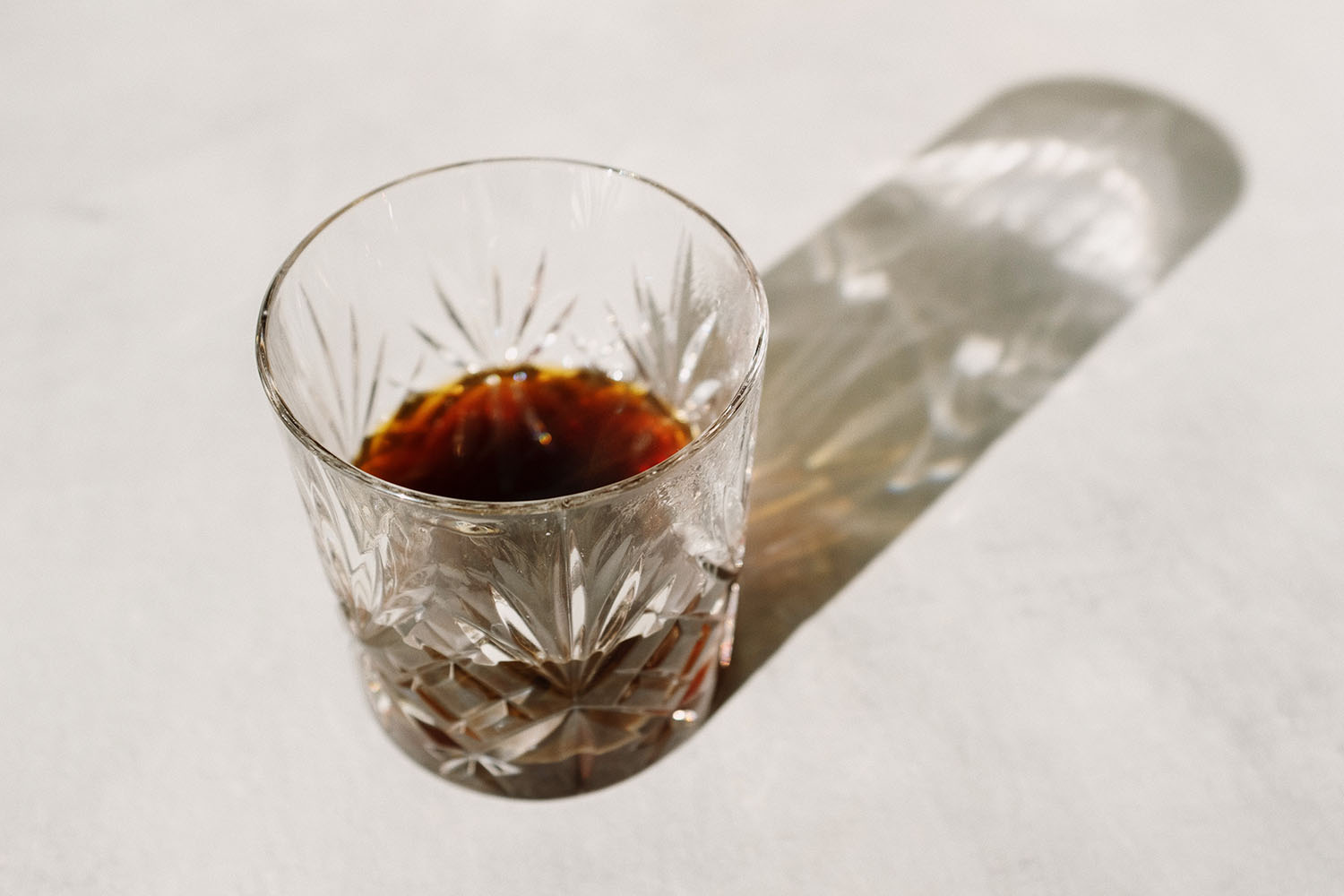
Bénédictine
D.O.M Bénédictine is a beautiful amber-hued beverage with a charming backstory to entertain your guests with. It explains that a health elixir was developed by Venetian monk Dom Bernardo Vincelli at the Abbey of Fécamp in 1510. The beverage would have been highly appreciated, even by kings, but the recipe was lost during the French Revolution, only to be unearthed around 1863 by wine merchant Alexandre Le Grand. There is little evidence for the story, and it’s more likely that Le Grand wanted to market his own herbal liqueur that he based on ancient medicinal recipes. D.O.M. Bénédictine has a cognac base and a strictly secret mix of 27 plants and spices, with angelica, hyssop and lemon balm as the main ones.
Goldschläger Cinnamon Schnapps
To make your post-meal tipple extra decadent, try a drink with real 24kt gold flakes in it. Goldschläger is a bold Swiss schnapps with a sweet cinnamon taste. The German name literally means ‘gold beater’, referring to the profession of gold leaf makers who beat bars of gold into extremely thin sheets.
Krupnikas
If you want to finish your dinner on a smooth and warming note, try a bit of Lithuanian Krupnikas, or Polish Krupnik. Traditionally served neat as a sipper during the holidays, this liqueur is made from grain alcohol, citrus and honey, with a blend of spices such as vanilla, ginger, cloves and allspice. It’s believed to ward off colds as well as evil spirits. Many families make their own version, and with this recipe you can try your hand at it.
Mandarine Napoléon Liqueur
If you know and love orange liqueur, try Mandarine Napoléon, which exudes the unmistakable aroma of mandarin orange. The beverage was custom-made for Napoléon Bonaparte after he came across chemist Antoine-François de Fourcroy. Later, in the 19th century, a Belgian chemist named Louis Schmidt discovered Napoléon’s drink of choice in the diary of Fourcroy, and recreated it. How, exactly, we don’t know: the precise recipe remains a secret, but we do know that it’s made with aged cognac, herbs, spices and mandarin peel.
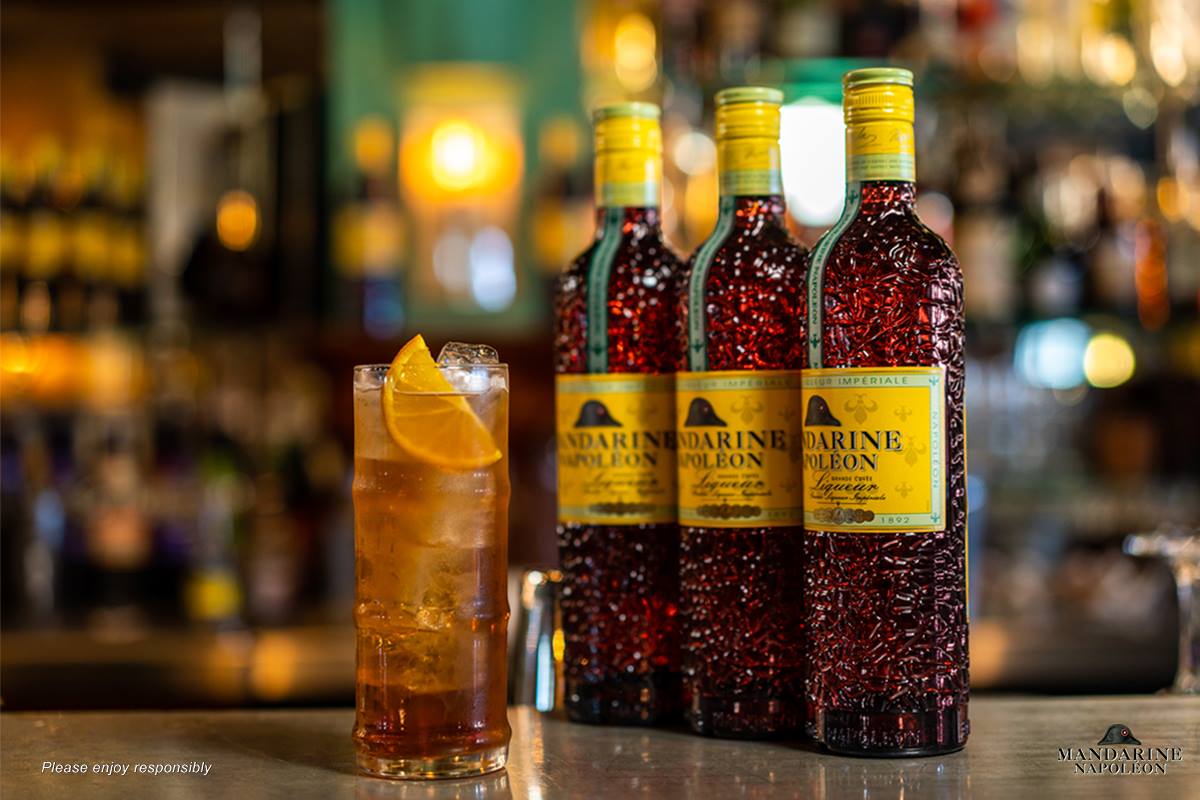
[Photo via Facebook]
Izarra
Meaning ‘star’ in the Basque language, Izarra is the perfect note on which to end your holiday feast. The herbal liqueur was first created in 1906 in Hendaye, in the French part of Basque country. The green version is made from a distillate of more than 17 plants, spices and two macerations – prunes and walnut husks – as well as a touch of Armagnac. The taste is herbal, with a hint of menthol and camphor. The yellow version includes honey along with various macerations in alcohol and Armagnac.
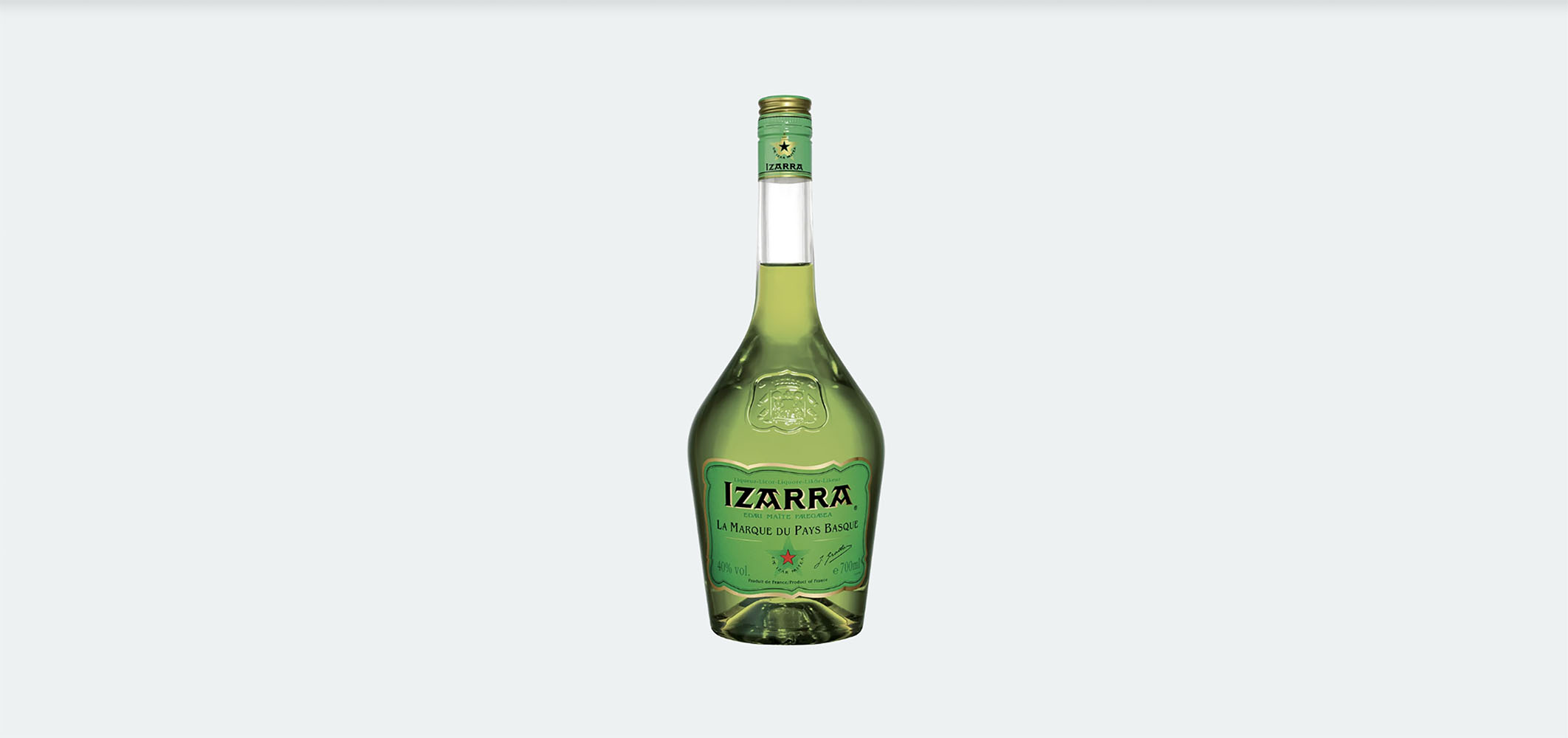
The King’s Ginger
In 1903, the royal physician of King Edward VII asked wine and spirit merchants Berry Bros. and Rudd if they could create a “fortifying beverage” for His Majesty’s flask. It was meant to protect the king against the elements when he would go out hunting or driving his ‘horseless carriage’. They concocted a brandy-based liqueur infused with ginger and honey, and named it The King’s Ginger. Even long after Edward VII’s death, Berry Bros. kept creating the drink for nobility, but it wasn’t sold commercially until a little over ten years ago. Now, the recipe has been standardised with grain-neutral spirits instead of brandy, as well as ginger, lemon oil, Glenrothes single malt scotch and a little sugar – it’s sweet, with a nice warming kick from the ginger. Perfect for a stormy night by the fire after a dinner fit for a king.

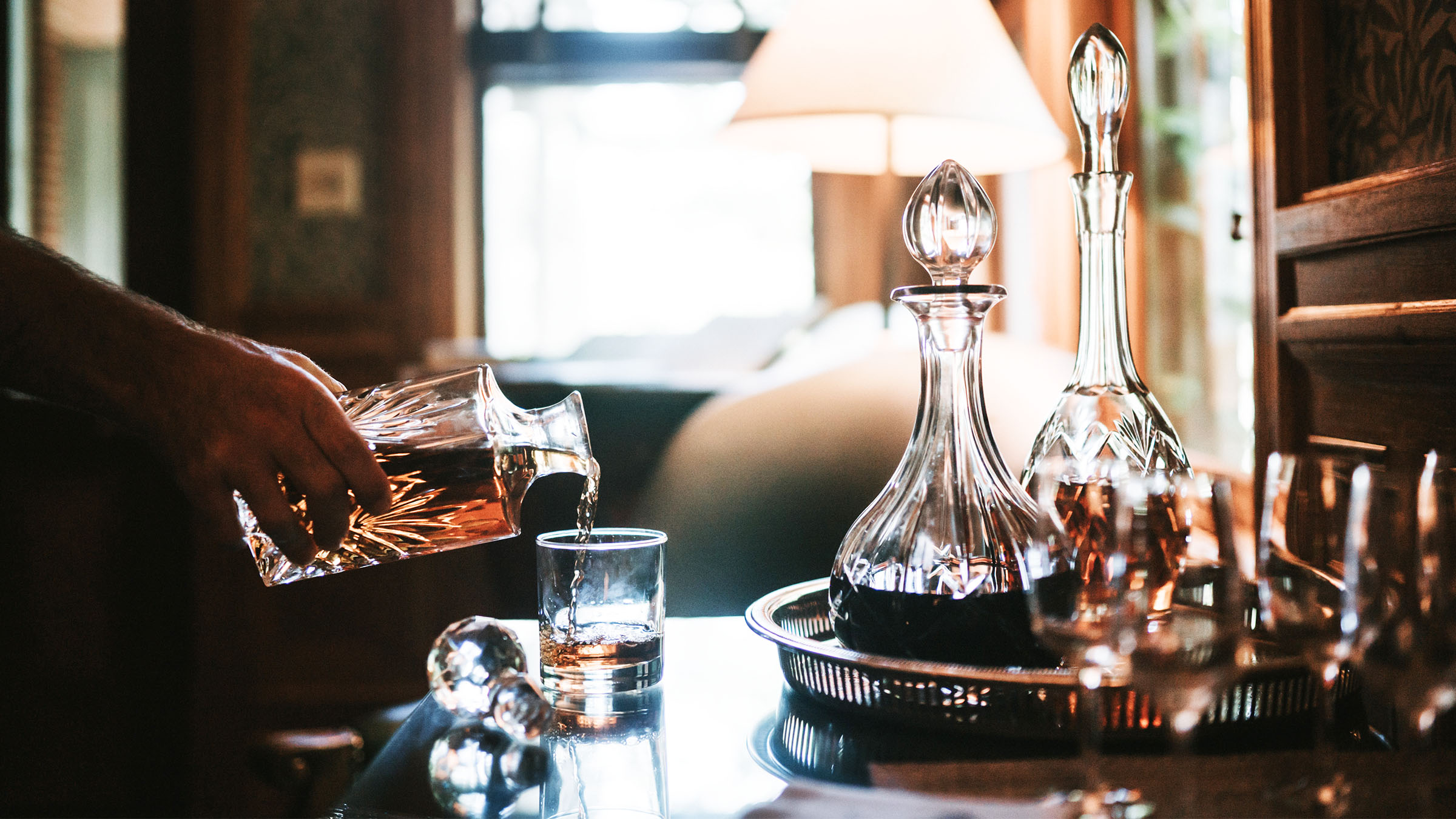
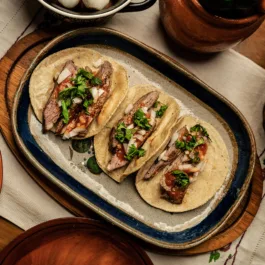
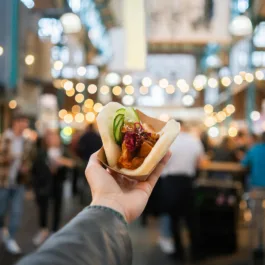
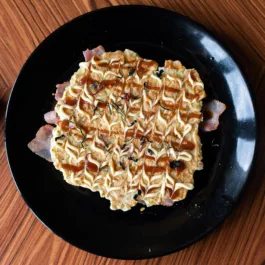
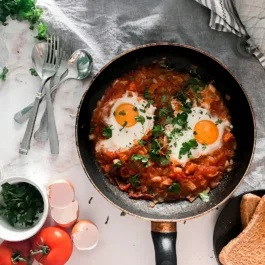
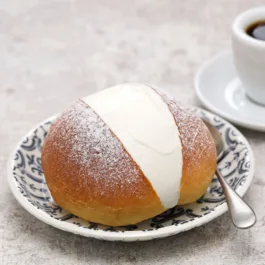
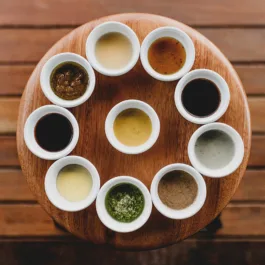


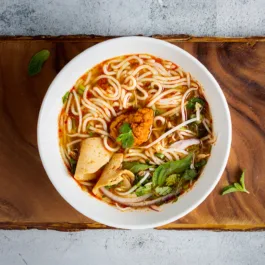
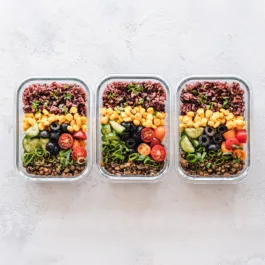
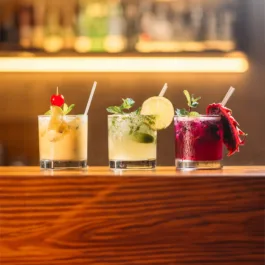
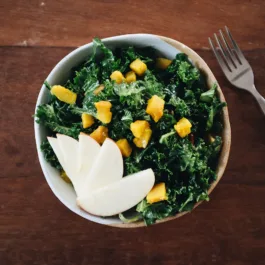
Sorry, the comment form is closed at this time.